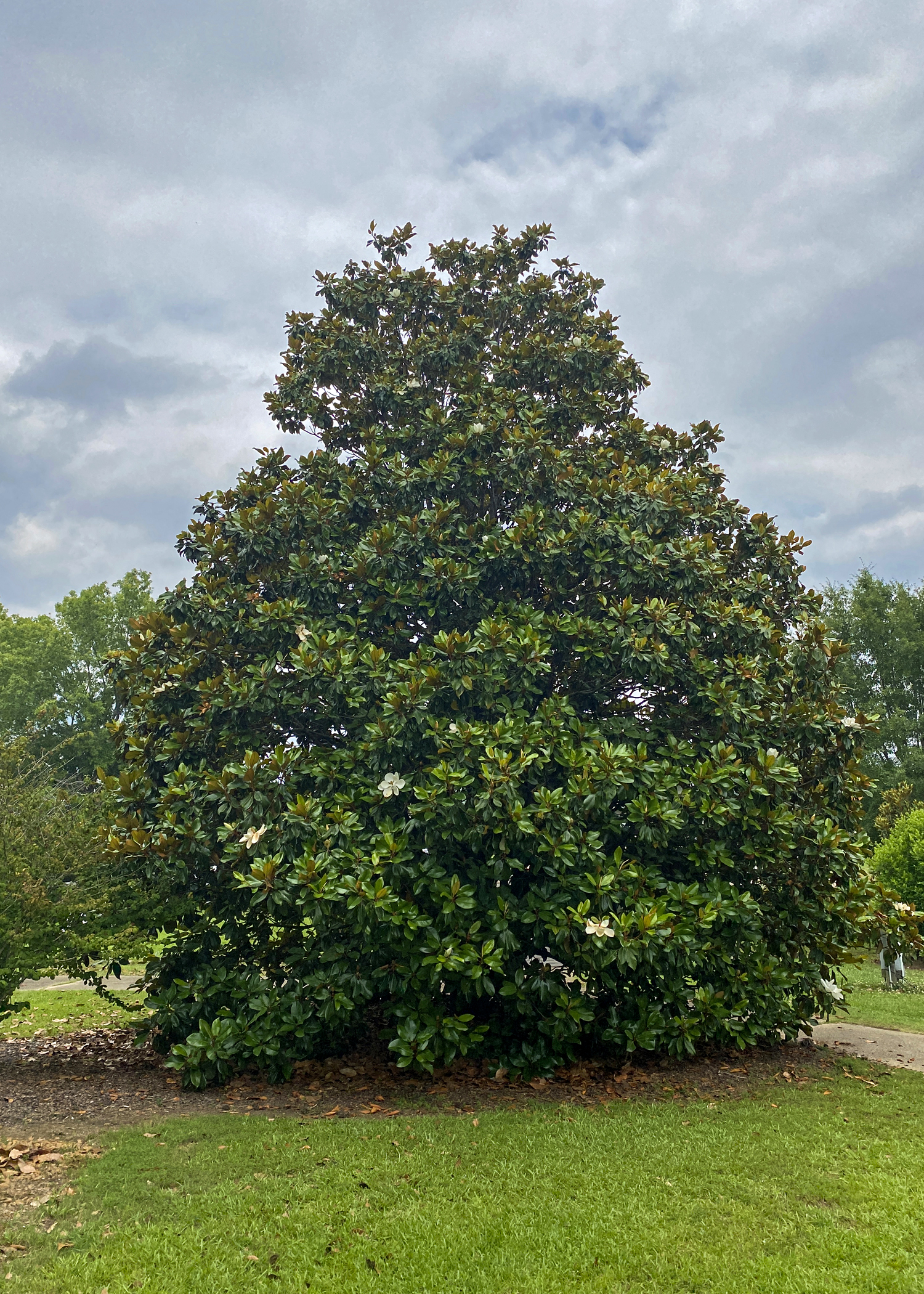Southern magnolias add evergreen charm, beauty
Published 11:20 am Monday, July 24, 2023
By Eddie Smith
MSU Extension Service
It’s no wonder Mississippi is called the Magnolia State. The Southern magnolia is an iconic symbol in our landscape and across the Southeast.
I have many great childhood memories of my sister and me climbing and playing in my grandparents’ large magnolia tree in their front yard. Its numerous, small-diameter branches made it a great tree to climb.
The Southern magnolia is a beautiful, classic evergreen magnolia with large, thick, glossy leaves. The individual oblong leaves are 5 to 8 inches long and feel leathery. The bottoms of the leaves are covered with a rusty brown fuzz.
Magnolia leaves can be chopped with a mower and blown back under the branches to recycle nutrients. The incredibly tough, two-toned leaves are long-lasting accents that provide earthy and bold color to many floral arrangements.
The rich, rusty brown color on the back of the leaves makes them especially fitting for fall and winter color schemes in floral arrangements and wreaths. They also look excellent displayed alone in a vase.
Nothing describes the Southern magnolia better than its scientific name, Magnolia grandiflora. The flowers certainly are grand.
Magnolia trees display their creamy white flowers in late spring through summer, and you certainly can’t miss the cup-shaped blooms that reach up to 8 inches in diameter. Flower petals are thick and waxy and have a lemony fragrance.
After bloom, the flowers are replaced with cone-like seed pods. When these pods ripen, the large, red seeds are pushed out and add to the beauty of this tree. These woody, brown pods with bright red seeds also can be used in dried floral arrangements.
The Southern magnolia can grow at a moderate rate to a height of 80 feet or more with a 30- to 40-foot spread. These trees form a dense, dark green pyramidal shape in the landscape.
Southern magnolia is native to the bottomlands and moist, wooded areas of the central and southeastern coastal plains. They prefer rich soil with partial shade and, in nature, are usually understory trees. The Southern magnolia tolerates high moisture levels but not overly wet or swampy soils and prolonged flooding.
When grown as an ornamental, it is best to maintain the heavy-leaved limbs of the magnolia almost to the ground. Doing so will provide a place for the dropped leaves and seed pods to hide out of the way of mowing.
If you live in the South and your landscape doesn’t include a Southern magnolia, you’re missing out on one of the oldest and most beautiful blooming evergreen trees in existence.
EDITOR’S NOTE: Dr. Eddie Smith is a gardening specialist and Pearl River County coordinator with the Mississippi State University Extension Service. He is also host of the popular Southern Gardening television program. Locate Southern Gardening products online at http://extension.msstate.edu/s






